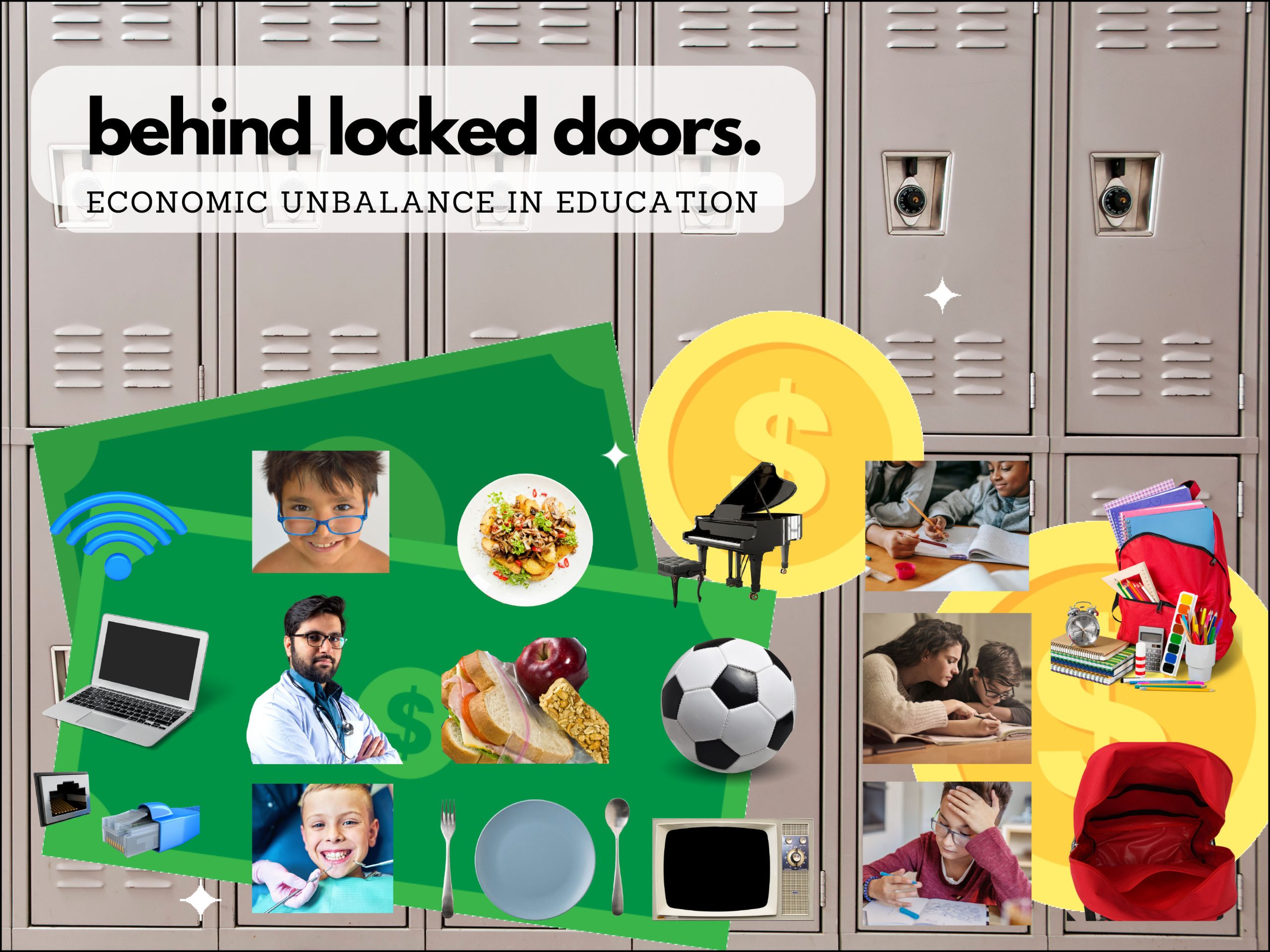17 Socioeconomic Inequality

By Melanie Nickel
When children attend the same classes in the same school, the hope would be that each student would have the same opportunities for success, support, and enjoyment of learning. The reality is the socioeconomic inequality students face creates a divide. There is a gap in the learning that money creates. This fact is not just true in developing nations; this issue also impacts Canadian students from coast to coast. “Poverty remains a stubborn fact of life even in rich countries like Canada. In particular, the poverty of our children has been a continuing concern” (Ferguson et al., 2007, p. 701).
Money may not be able to buy happiness, but it can buy laptops, nutritious and plentiful food, school supplies, and other educational equipment. As Agnew notes, “many kids will have trouble focusing in an academic setting due to a lack of energy and motivation. A hungry child often has ongoing health issues, so he may have frequent school absences that also make it difficult to learn” (2017, para. 3). Money can pay for internet access, music lessons, athletic activities, before and after-school care, and tutors. A household with stable income and consistent employment can also ensure that children have less disruption to their education when families don’t have to relocate. “High mobility adversely affects the children who are forced to move frequently, withdrawing from one school and enrolling in another. Frequent moves disrupt children’s education” (Lynch, 2019, section 4). In spite of Canada’s health care plan, prescriptions, dentist treatments and checkups, and eyeglasses are all costly for families. Until all children have equal access, supports, and resources needed for educational success poverty will impact their education in some or all components.
The UNICEF report The State of Global Learning Poverty (2022, p. 56) states, “after all the hard work by so many families and educators to provide education for all, it is unacceptable that less than one-third of children in low- and middle-income countries are now enrolled in school and reading with comprehension at a minimally acceptable level.” We must continue to improve and evaluate how we support families and educators to ensure our future generations have educational success.
References
Agnew, A. (2021, January 11). The effects of hunger on children. Healthfully. Retrieved January 29, 2023, from https://healthfully.com/216940-the-effects-of-hunger-on-children.html
Ferguson, H. B., Bovaird, S., & Mueller, M. P. (2007). The impact of poverty on educational outcomes for children. Paediatrics & Child Health, 12(8), 701–706. https://doi.org/10.1093/pch/12.8.701
Lynch, M. (2019, November 19). 3 ways poverty influences learning. The Edvocate. Retrieved January 28, 2023, from https://www.theedadvocate.org/3-ways-poverty-influences-learning/
UNICEF. (2022). The state of global learning poverty: 2022 update. UNICEF for Every Child. Retrieved May 19, 2023, from https://www.unicef.org/media/122921/file/StateofLearningPoverty2022.pdf

